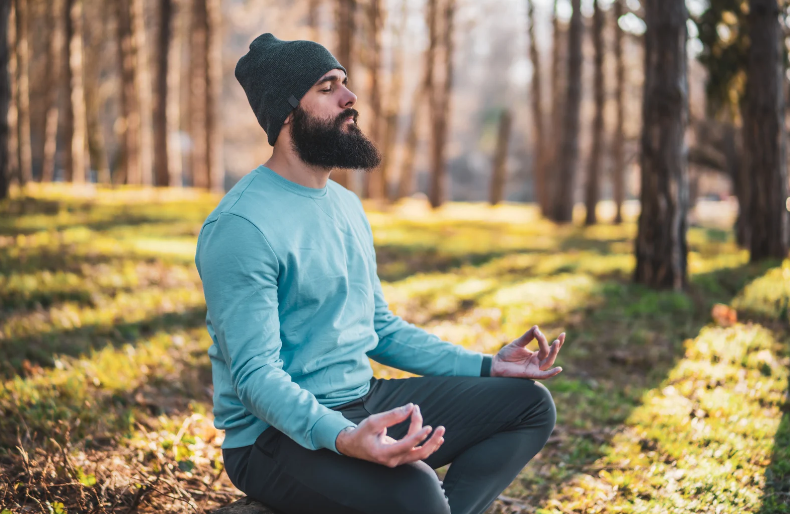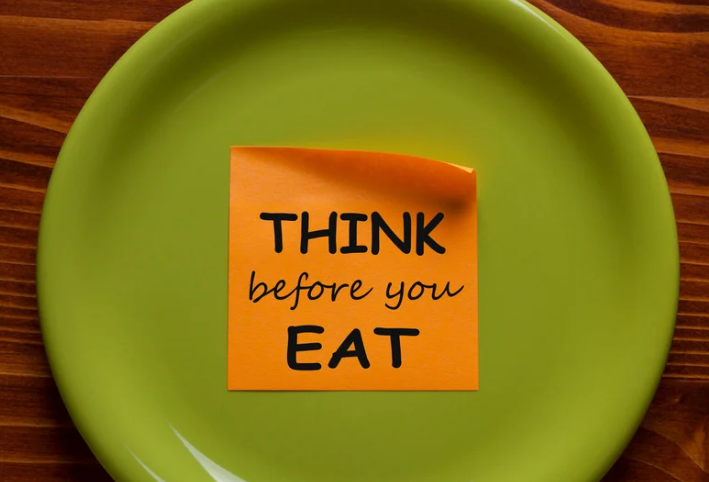
When you think about meditation, what comes to mind? Perhaps an empty, quiet room with a yoga mat or a cushion, relaxing music and some flickering candles? Or maybe you picture a tranquil beach or secluded meadow as the backdrop to your effortless serenity.
Sounds amazing – but for most of us, such settings are rarely realistic.
Julie Frischkorn, licensed clinical social worker and founder of The Pittsburgh Wellness Collective, teaches and practices mindful meditation, which she defines as the active process of bringing our attention to the present moment. "We do this through bringing attention to our thoughts, awareness to our feelings/emotional responses, by noticing our surroundings and by checking in with our body sensations," she says. "The key is to do this without judgment, through skill and intention."
Mindful meditation can be done virtually anywhere, anytime and by anyone. Frischkorn works with her clients to help them embrace the practice and to debunk some common myths and misconceptions surrounding it.
Myth #1: Mindful meditation is for people who are already relaxed.
This is false, Frischkorn notes. Everyone can benefit from mindful meditation, regardless of their mental and emotional state. In fact, those who are experiencing stress and anxiety are likely more in need of meditation than those who are already relaxed, she points out.
Myth #2: Mindfulness and yoga/meditation/breathwork are the same thing.
While mindfulness can include many different exercises, it is a larger and broader concept that includes multiple practices, including meditation.
Myth #3: Mindful meditation is passive.
To the contrary, Frischkorn says mindfulness is an active state of awareness, alertness and attention.
Myth #4: The goal is to achieve peace and/or happiness.
While those are often welcome outcomes of a regular mindful meditation practice, Frischkorn says they are not the end goals. "A central goal of mindfulness is to leave the past in the past and not worry about the future, thus giving us space to be fully present in the here and now," she says. "We always say we want more hours in the day—here’s a way to find more time."
Myth #5: Mindful meditation conflicts with religion.
Frischkorn points out that mindfulness has no religious affiliation and is practiced by people all over the world. In fact, she says, it is used at a number of major corporations (including Apple and Google), is practiced by professional athletes and is currently used by the U.S. military.
Myth #6: It’s just a passing trend.
Mindfulness has existed in some form for 2,500 years, Frischkorn notes. While it came to the states most notably in the 1970s and began to earn attention from wider audiences at that time, it is certainly nothing new.
Myth #7: It’s a weird/tree hugger/West coast thing.
"Anything new and out of our comfort zone can be an adjustment," Frischkorn points out. "But doctors and scientists have performed thousands of research studies and seem to think there is something to this." She suggests finding the mindful meditation skills that resonate with you and focusing on those. "Come at it with a ‘beginners’ mind: one of curiosity, leaving preconceptions and judgments at the door," says Frischkorn.
Myth #8: You can only practice mindful meditation in a quiet space.
The reality is you can practice mindful meditation anytime, anywhere – without anyone even knowing you are doing it. In fact, Frischkorn says, having a space with more distractions actually provides a better challenge for your practice.
Myth #9: It fixes everything.
Although meditation can’t solve all of life’s problems, it can definitely give you tools to better deal with them. As Frischkorn points out, science shows that mindfulness increases bodily awareness and develops new pathways in the brain, strengthening the part that is responsible for problem-solving. It also fights against dementia and Alzheimer’s disease, and increases our focus and our capacity for stress management.
If any of these misconceptions have been holding you back from giving meditation a try, perhaps it’s time to approach it with a fresh outlook. One of the best things about meditation is that it’s a flexible practice that can be tailored to your goals, lifestyle and environment. Try downloading a meditation app or look online for basic practice ideas to get you started.













